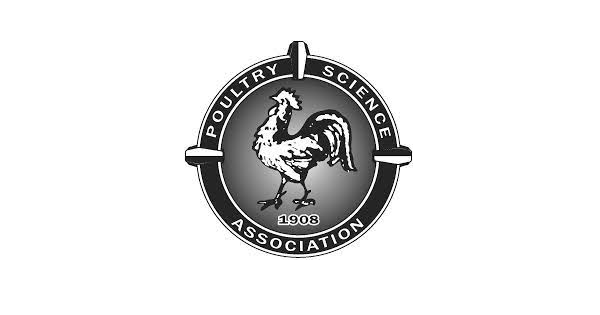Source: Science Direct
SUMMARY
The American Veterinary Medical Association (AVMA), preferred depopulation methods (i.e., foam, containerized gassing, and mechanical methods) can be challenging when depopulating cage and aviary commercial laying hen houses for multiple reasons. When preferred methods are not feasible...
Water belly is a condition in which a chicken’s body cavity fills with fluid, causing the abdomen to bulge. It is not itself a disease, but rather a sign of heart failure. Let’s take a look at the various...
November 1, 2023 | by Sam Shafer
In a growing number of countries, policies have been enacted that regulate housing systems for laying hens, moving away from traditional battery cages to furnished cages or cage-free aviary systems. These newer systems...
I recently received an alarming email from one of our customers, which read: “We had a very bad 18 days transfer yesterday and the entire setter has been affected by early deaths, ranging from one to three days of...
Source: Zinpro
Whether you grow or manage broiler breeders or you are a producer of table eggs, eggshell quality is a priority for your operation. For table egg producers, eggshell quality is important for ensuring that the eggs stay intact...
Jeffre D. Firman
Department of Animal Sciences
Tables from Nutrient Requirements of Poultry, eighth revised edition, 1984, National Academy Press, 2101 Constitution Ave., N.W. Washington, D.C. 20418. Estimated values are indicated in bold to distinguish them from the established requirements shown...
Elanco Animal Health is launching a three-part webinar series called “Let’s Talk Layers” aimed at helping producers take on important industry challenges for 2022 and beyond.
The series, presented by experts from across the global layer industry, invites producers and...
lltech has released data from a new meta-analysis, published in Poultry Science, that demonstrates that dietary supplementation with Bio-Mos® at 1.0 kilogram per ton improved the production performance of laying hens and reduced their carbon footprint, therefore enhancing the...
By Cade Cameron, cade.cameron@iowastatedaily.com
Every year the Egg Industry holds an Issues Forum in April, however, the dates have changed.
The Egg Industry Issues Forum decided to move its dates to Nov. 8-9, 2022. This forum is an annual event...
Source: PoultryHealthToday.com
By John Brown, DVM
Senior Technical Services Veterinarian
Zoetis
With hot weather upon us, it’s time for layer operations to make sure they’re prepared to prevent heat stress. Best-case scenario: We prevent hens from overheating. Worst case: Layers are heat stressed,...






















